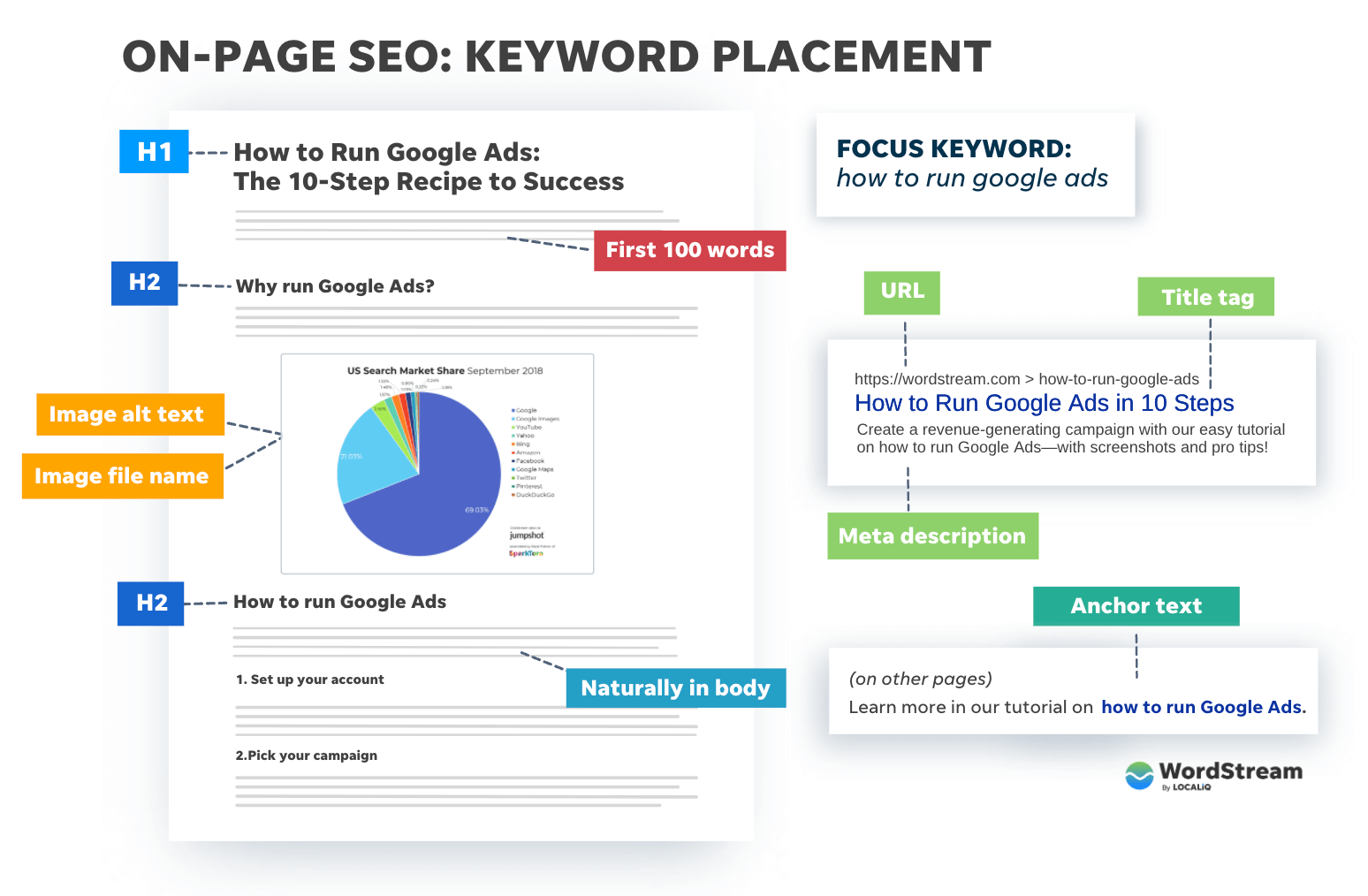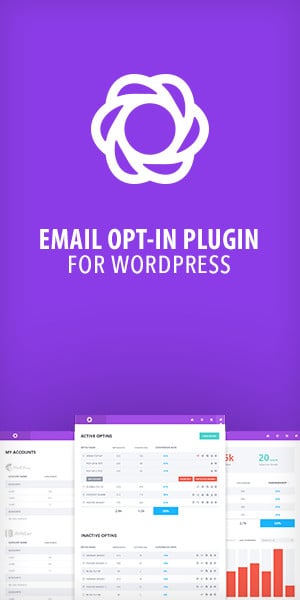1. Start with Smart Keyword Research
Keywords are the foundation of SEO. Use tools like Google Keyword Planner, Ubersuggest, or Ahrefs to:
- Find relevant, high-traffic keywords
- Focus on long-tail phrases with lower competition
- Understand the user intent behind searches
Use your primary keyword naturally throughout the post—in the title, intro, subheadings, and conclusion.

2. Craft a Compelling Title with Keywords
Your title should be clear, engaging, and include your target keyword. Keep it under 55 characters for optimal display in search results.
3. Optimize Meta Descriptions
The meta description should:
- Be under 155 characters
- Include your target keyword
- Clearly describe the blog’s value to entice clicks
4. Structure Content with Headings
Use header tags (H1, H2, H3) to organize your content. Clear structure improves readability and helps search engines understand your content hierarchy.
5. Write for Humans, Optimize for Search Engines
Create valuable, easy-to-read content that genuinely helps your audience. Avoid keyword stuffing—use synonyms and related phrases naturally.
6. Use Internal and External Links

- Internal links connect to other blog posts or pages on your site, improving SEO and user navigation
- External links to reputable sources boost credibility and SEO value
7. Optimize Images
- Use descriptive filenames and ALT text with keywords
- Compress images to improve load speed
- Use a responsive design so images display well on all devices
8. Make Your Blog Mobile-Friendly
Most traffic comes from mobile devices. Use responsive themes, readable fonts, and fast-loading pages to improve mobile usability and SEO rankings.
9. Improve Page Load Speed
Slow sites lose traffic. Use tools like Google PageSpeed Insights to:
- Compress images
- Minify CSS and JavaScript
- Enable browser caching
10. Promote Your Blog Post
SEO doesn’t stop at publishing. Share your post across social media, email newsletters, and communities. The more visibility and backlinks your blog receives, the better it will rank.
Conclusion
Optimizing your blog for SEO ensures your content works as hard as you do. By applying these on-page and technical best practices—from keyword strategy to mobile readiness—you’ll increase visibility, drive organic traffic, and build a strong search presence over time.







